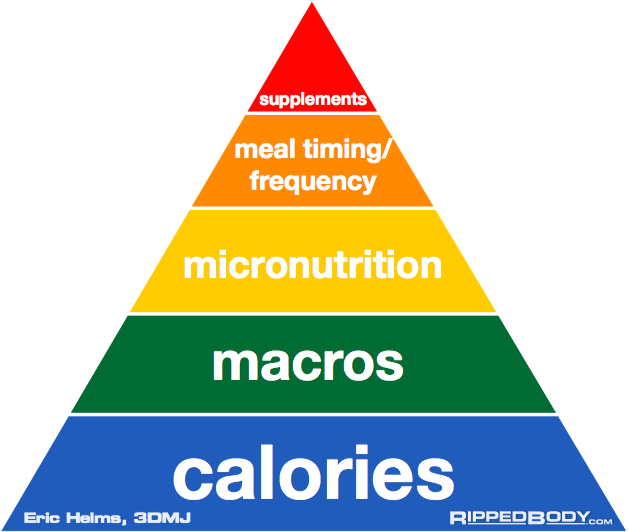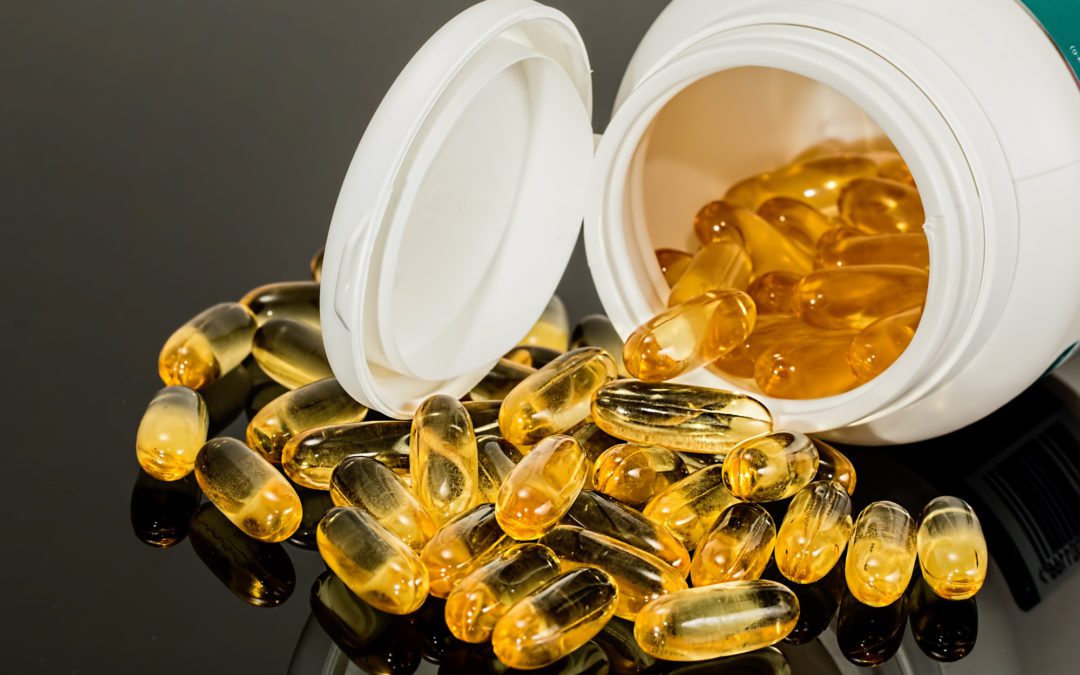Not long ago I walked into a Fresh Thyme to pick up some miscellaneous things I needed for the week. I decided I wanted to walk over to the supplement aisle just to see what kind of things this store even carried.
The minute I walked into the aisle filled with products in every shape size and color.
I felt overwhelmed.
What in the heck is someone supposed to do when they walk in here?
Supplements are such an interesting world. It is a multi billion-dollar industry promising change and fixes to every issue that people run into with their health.
Did you know whey was a waste product of cheese production and some guy decided to spark up the protein biz with something that used to be just thrown out?
I’ve seen products like marshmallow root, every letter of the alphabet vitamins, and something called grape seed extract. I still have no idea what in the world this is or what it’s supposed to do.
One of the main goals of this post is to really simplify supplements, and hopefully provide a little direction for the next time you decide to go into a supplement store or browse online.
The truth is you can’t outwork or out-supplement a bad diet.
There isn’t a magic pill out there and while some supplements might boost you with a slight edge, it’s still just a supplement. Having a balanced diet, enough fibrous veggies and a high protein intake is the macro stuff I really hope to drive home with the clients I work with.
The micro stuff, like supplements, is something that always comes up, and generally, we love to buy into these products & their quick promises. It’s funny to see how much marketing has played a role here and how labels can completely throw you for a loop.
At one point I saw a product that had a study listed on the label, displaying the results with the caption “Over 50% more fat loss with the group utilizing product X!”. If you looked closely, the group utilizing the product lost 2% body fat vs the control group maybe losing 1% body fat. Not extremely significant, but 50% increase sure sounds sexy and it sells!
While marketing plays a huge role in this industry, there are a few supplements I think CAN help you with your gym and body composition goals which I will touch on below:
Caffeine: This one may seem obvious, but it works!
There are days when it’s rainy and cold and all you want to do is watch Netflix with a bowl of cheerios. You take a quick sip of that coffee, Bang or whatever caffeine method you choose and you suddenly you want to run to the Athlete Lab instead of driving. You don’t grab a barbell, you load 405 on the bar, and overhead squat it for reps because that coffee is pumpin’!
All jokes aside, caffeine is absorbed into tissues in under an hour and has a run of 4-6 hours after. This is a great way to maximize your time in the gym and give you the little focus on days you need it. Just be careful because sensitivity adjusts over time as you dose higher and everyone has a different tolerance.
One other note: CrossFit tends to be a sport where you want to control your heart rate as you move through a metcon. Saving the boost for lifting oriented days will help keep your heart rate a little more under control on the metcon days and you might perform a little better. You know yourself though so just pay attention to how you feel!
Protein: Whey is an extremely high-quality protein that your body can digest very easily.
Whey has a luecine content of ~11% compared to other protein/animal products which sit around ~8%. Luecine is the amino acid responsible for triggering protein synthesis which makes Whey one of the top sources of protein out there.
This is important because protein synthesis is what sparks your body into repairing or building new tissue as you push yourself in the gym. This takes ~25g to trigger this effect and studies have shown that luecine is the main driver.
There are a few different forms you will come across as you shop around. Some of the more common ones are Whey Isolate, Whey Concentrate and Casein.
The difference here is how “broken-down” the whey is, manipulating the rate of absorption by your body.
Something like Casein literally solidifies in your stomach resulting in a slow & steady release over a few hours. This is a great option in times where you don’t have a meal available or right before bed to bump the protein intake for the day up and give your body for some fuel as you rest and digest.
Whey Isolate is the purest and most broken-down form making it the simplest form for your body to process and absorb. This would be a great option for your post workout shake as you begin the recovery process. Typically, people that experience stomach issues with whey products find that whey isolate is something they can handle. Give it a shot if whey typically has given you issues.
Finally, whey concentrate is the last to go over on this list. Whey concentrate might be tastiest option out of the bunch and will typically be a cheaper option than the isolate. Whey concentrate is another option that will be best used post workout or simply as a snack throughout the day to bump your protein intake up.
Creatine: The most studied supplement out there with supporting evidence for its positive effects.
Creatine, commonly found in meat and fish, primarily works by increasing the creatine phosphate concentration in your muscles. Hence the reason you may experience some more bloating/water retention as you supplement with a new creatine product.
There are various energy systems in the body which work to function different modalities of exercise. One of those is catered towards short term/extremely explosive periods such as a max lift. This energy system is called the phosphocreatine energy system. Connecting the dots yet? 🙂 Supplementing with creatine, the body will combine this with phosphorus to form Phosphocreatine. This is extremely energy rich and will help in those moments of the metcon where you are testing your absolute limit or when you are trying to hit that new PR.
There are so many brands and options out there, with companies trying to make a new fancy product by combining creatine with other additives or flavors to catch your eye. To simplify it, pure creatine monohydrate will be your best option, not only for results, but the best bang for your buck as well. It is super cheap, available, and it has been shown to outperform the new age options like Creatine Hcl.
BCAA’s: Branch Chain Amino Acids are extremely controversial.
Some swear by it and sip on it daily while others think it’s a waste of money.
The BCAA’s are Luecine, Iso-Luecine and Valine. As I mentioned earlier, luecine is critical in protein synthesis but luckily many of the protein products or whey supplements we consume will have adequate levels to support tissue repair. BCAA’s may be helpful for those that train fasted or early in the morning to prevent muscle breakdown and it might be a nice mix from straight water.
Fish Oil: Omega 3’s are fatty acids are found in fish oil that seem to have some benefits.
Fish oil not only will stabilize the omega 6/omega 3 ratio of your intake, it also tends to help with things like inflammation, skin/brain health, may help with blood pressure and omega 3’s in general are tied to keeping your body away from heart disease.
Vitamin D: Mostly stemming from the sun, but small amounts can be found in eggs and cheese.
In a state like Minnesota, we tend to lack sun exposure because of the winter wonderland we live in!
More time inside and away from the sun can impact our energy levels.
New research indicates that increased levels of vitamin D have in impact on performance and muscle function as well.
Try taking some Vitamin D (~1000IU’s a day) and see how you feel!
My sister recently moved back to the Midwest from sunny California and when fall/winter came around, she couldn’t figure out why she felt so tired. Granted, sleep/nutrition and a million other factors could be culprits here, but she started to take a little Vitamin D and felt more like herself again.
To wrap it all up, supplements are out there and though some may help, this is one of the last things we will want to look at as we look over the goals you have set for yourself. Multiple nutrition companies have made a pyramid to create a visual representation of the level of importance and impact a nutrition focus has on your overall change. I’ll post it below and I hope it helps paint the picture.
These are just some general tips and, in the end, if you have the budget and you want to experiment with something, the research is out there, and you might find something that helps you.
I think it’s important to remember that generally that the stuff we get from this awesome planet like berries, meats, cucumbers and potatoes are so dense with things our bodies thrive on and most likely will trump the powdered pill created in a lab.

THE PYRAMID OF NUTRITION PRIORITIES
Shoot over questions any time!
-Jesse
jesse@theathletelab.com
PS- there is a great third-party website called labdoor.com that reviews supplements based on their label/quality. If you are debating between a few brands, it doesn’t hurt to take a quick peek here.

